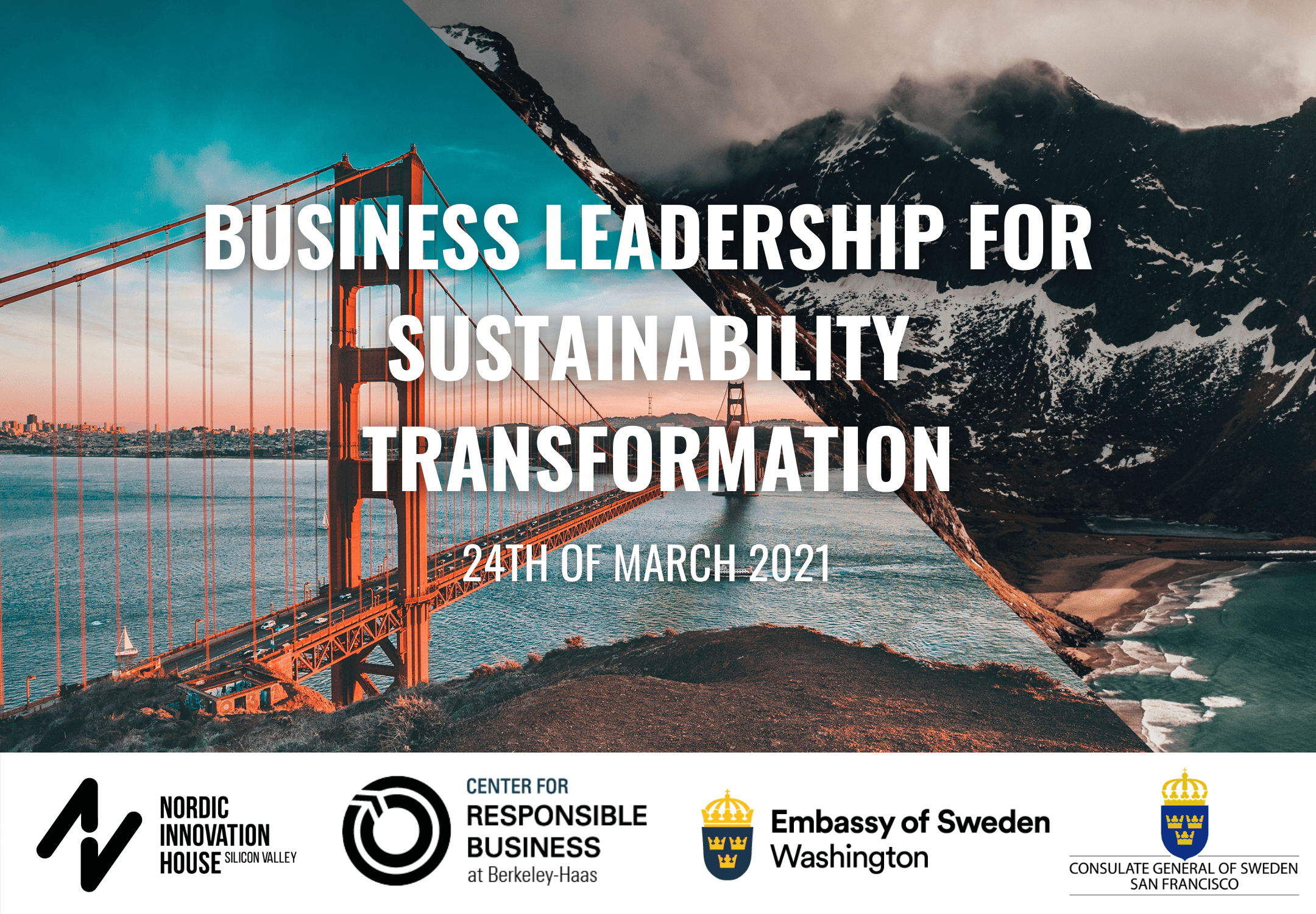Supply Chain Sustainability: Overcoming 5 Big Challenges Companies Face

By Rachel Dzombak, PhD Candidate, Civil and Environmental Engineering, Laboratory for Manufacturing and Sustainability, UC Berkeley
This May, the Sustainable Products & Solutions (SPS) research program at UC Berkeley’s Haas School of Business brought together representatives from Apple, Google, Kimberly-Clark, and PepsiCo among others, to participate in a daylong forum with students and faculty from across campus. The forum focused on impact measurements for sustainable supply chains and provided a valuable opportunity for participating companies to discuss best practices, current challenges, and opportunities for research. Conversations throughout the day made clear that while much progress has been made in metric development, companies must overcome multiple hurdles to truly implement and operationalize sustainability.
Quantifying and Qualifying Social Impacts
Though environmental metrics have achieved some level of standardization throughout industries, social metrics remain perplexing for most. Companies are either not measuring social impacts or measuring the wrong things at the wrong resolution. This occurs as a result of focusing on the symptoms of a problem as opposed to the root cause (e.g. counting factory accidents but not understanding patterns behind the accidents). Systematic analysis is needed to determine better processes for social impact measurement and how to translate data into actionable insights.
Social impact measurement is further problematic because of a lack of industry transparency. Many companies do not report the components of their products and from where they source materials. Sometimes the companies themselves don’t know because they contract a portion of their operations to be managed by a third party. But for high volume sellers, responsibility extends throughout all tiers of a supply chain.
Moving from Compliance to Capacity Building
One big challenge companies face is determining how to derive value from impact measurement. Companies are required to report out different metrics to multiple stakeholders, increasing the quantity but diluting the quality of information collected. Sustainability professionals have tight budgets and typically operate outside of the core of an organization. Companies need to embed sustainability into every role and system in order to increase capacity for robust data collection.
Sustainability capacity building poses several fundamental questions to corporations. What is the business case for capacity building, and what are methods of engagement in a large, complex supply chain? What is the ROI of capacity building, and what are the forms in which it can manifest? What approaches can be taken to build the capacity of workers? All of these questions must be answered if companies are to invest in creating a sustainable supply chain.
Integrating Design and Sustainability
Product markets change so quickly that sustainability teams can often be found chasing behind the design team. Developing a benign product and broader supply chain is particularly hard when products are designed without sustainability in mind. While tools and processes exist for assessing environmental impacts once a product is used (life-cycle assessment, risk assessment, etc.), few tools are available that can guide design choices. More research is needed to understand what forms design tools could take to prove useful. Research is also needed to determine substitute chemicals and materials for designers to work with. A quick Google search shows the multitude of “Red Lists” online, which tell designers which materials to avoid, but can scientists produce “Green Lists,” which include a pallet of options?
Designers additionally need to be made aware of the impact that occurs throughout a product’s life span. Design thinking is about understanding people and problems in context. How can designers help reduce impact based on consumption patterns? For example, Unilever is encouraging consumers to take shorter showers or use waterless shampoo, since 75% of the impact for shampoo is in the use phase. Can similar strategies be applied to other consumer goods?
Influencing Consumer Behavior
Consumer buy-in is crucial for expanding and maintaining sustainable supply chains. In self-reporting surveys, consumers claim to take sustainability factors into account when purchasing goods. However, analysis shows that shopping is much more strongly influenced by product costs and peer networks. In fact, only ~3% of consumers actually make purchasing decisions that reflect their benevolent values and moreover, in the US “green” products are seen as less effective than their potentially harmful counterpoints.
Industries must play a role in influencing more sustainable consumer behavior. Instead of convincing store shoppers to make certain decisions, a better leverage point may be working with corporate buyers making large-scale purchasing decisions to develop sustainability agendas. Knowledge of how buyers rationalize decisions and prioritize is critical to transforming U.S. consumption patterns.
Collaborating to Achieve Shared Goals
Several business representatives stated that understanding how other companies approached sustainability was a motivating factor for attending the SPS Forum. Historically, firm-to-firm interactions have been minimal. While some coalitions exist, typically every firm in an industry gathers sustainability information in a different way. Standardization of data collection can allow for peer benchmarking and sharing of best practices. Because SPS is a neutral party without vested interests in a single company, they are well poised to facilitate this collaborative conversation.
Further collaboration is also needed between industry and academia. Partnerships between companies and universities can yield significant opportunities for improved manufacturing system design, innovative sourcing strategies, and lower impact products. A major byproduct of the forum was a research agenda that will be worked on by SPS affiliates in Mechanical Engineering, the Master’s of Development Program, the Center for Green Chemistry, and the Energy and Resource Group, among others. The goal of the SPS program is to grow this applied research agenda and develop stronger ties between UC Berkeley and global organizations.
Conclusion
Consumers are increasingly calling for companies to transform business practices and become more sustainable. Corporations with vast supply chains spanning countries and continents struggle to know what to measure and how measurements can lead to interventions that actually drive change. By defining the 5 big challenges companies have in measuring supply chain impact, corporations and researchers can make progress towards deep collaboration and developing practical solutions to overcome sustainability barriers.


